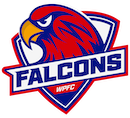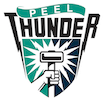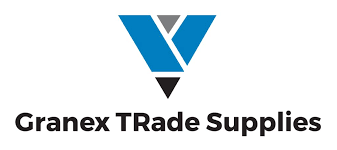Select grade below
- Round 1Thu Mar 2819:10
 11.9.75VS
11.9.75VS 11.7.73
View Stats
11.7.73
View Stats - Round 2Sat Apr 0616:00
 17.14.116VS
17.14.116VS 9.14.68
View Stats
9.14.68
View Stats - Round 3Sat Apr 1314:10
 10.9.69VS
10.9.69VS 8.17.65
View Stats
8.17.65
View Stats - Round 6Sat May 0414:10
 VS
VS
 Lane Group Stadium
Lane Group Stadium - Round 7Sat May 1115:00
 VS
VS
 Pentanet Stadium
Pentanet Stadium - Round 8Sat May 2514:30
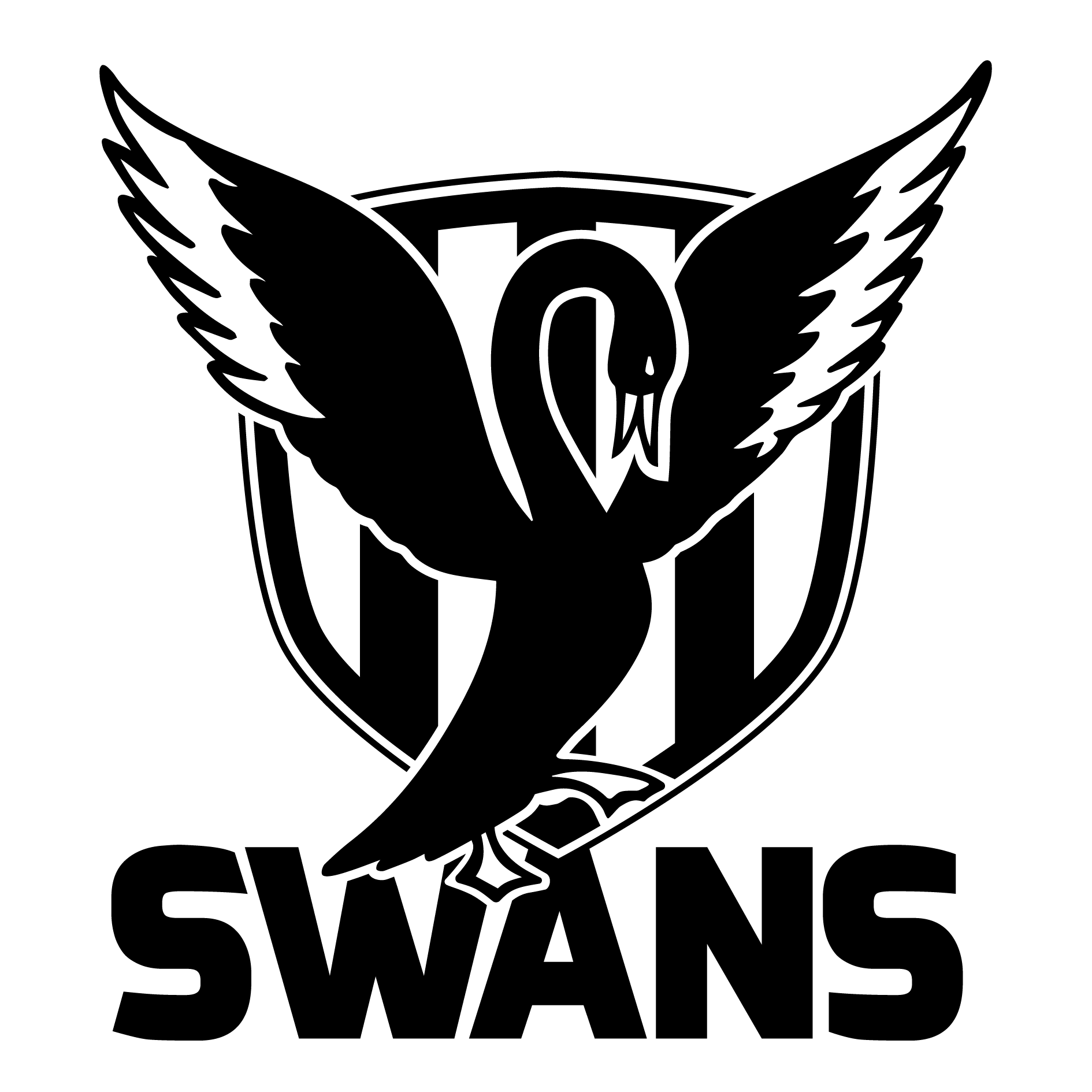 VS
VS
 Steel Blue Oval
Steel Blue Oval - Round 9Mon Jun 0314:30
 VS
VS
 Pentanet Stadium
Pentanet Stadium - Round 10Sat Jun 0814:30
 VS
VS
 East Fremantle Oval
East Fremantle Oval - Round 11BYE

- Round 12Sat Jun 2214:30
 VS
VS
 Pentanet Stadium
Pentanet Stadium - Round 13Sat Jun 2914:30
 VS
VS
 Mineral Resources Park
Mineral Resources Park - Round 14Sat Jul 0616:10
 VS
VS
 Pentanet Stadium
Pentanet Stadium - Round 15Sat Jul 1311:10
 VS
VS
 Mineral Resources Park
Mineral Resources Park - Round 16Sat Jul 2016:10
 VS
VS
 Pentanet Stadium
Pentanet Stadium - Round 17BYE

- Round 18Sat Aug 0314:30
 VS
VS
 Sullivan Logistics Stadium
Sullivan Logistics Stadium - Round 19Sat Aug 1014:30
 VS
VS
 Revo Fitness Stadium
Revo Fitness Stadium - Round 20Fri Aug 1619:10
 VS
VS
 Pentanet Stadium
Pentanet Stadium - Round 21Sat Aug 2414:30
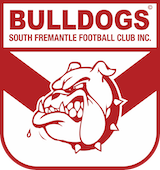 VS
VS
 Fremantle Community Bank Oval
Fremantle Community Bank Oval
Meetings
It is impossible to run a club smoothly without holding meetings, however, all members do not have to attend meetings. Most attend only the annual general meeting (AGM) where the members elect a committee to look after their interests for the rest of the year.
The committee then meets on a regular basis (as deemed in the club's constitution, usually monthly) to manage the club's affairs.
At the AGM, members review the club's activities over the past year and make plans for the forthcoming year.
Special meetings
An exception to this pattern is when a vital matter needs urgent discussion by the whole club. The club rules should specify how, when and why the different meetings should be held.
Special meetings are usually called for major and urgent changes to the constitution or rules. To prevent decision-making falling into the hands of only a few, the club's rules should specify a quorum - the minimum number of people required to make decisions for the club.
Chairing meetings
Before the meeting, the chairperson should discuss with the secretary the composition of the agenda and ensure that it is circulated well before the meeting.
Throughout the meeting the chairperson:
- Notes who wishes to speak and indicates when a person may speak
- Is responsible for keeping the discussion to the subject
- Decides when discussion should be brought to an end
- does not usually get involved in the discussion unless their opinion is sought
- Should summarise the issue under discussion, to aid in decision making
- If it is apparent that a decision cannot be made the chairperson would refer the item to a working group for a report at the next meeting
Meeting procedures
If a club follows the correct procedures, meetings will tend to flow smoothly, run on time and be an effective and fair vehicle for decision making. In some cases there are no defined procedures at all and in other cases the procedures are so defined and restrictive that both groups achieve the same result - virtually no worthwhile decisions.
Meeting procedures are set up to:
- Improve the efficiency in the conduct of the business of the meeting while giving protection to the rights of members present
- Enable every person in the meeting to have an equal right to be heard and to have the opportunity to have their viewpoint considered
- Enable every person present to have an equal right to vote on the issues and to help in the decision making
Club members should be kept aware of the meeting procedures of their club and be kept informed of any changes.
Within any meeting there are commonalities that occur such as motions, voting, minutes, etc (refer to your club's constitution for those that apply to your club).
Understanding motions
A motion is a formal recommendation put to a meeting for debate, consideration and decision. All items of business or issues requiring a decision must be presented to the meeting as motions which, if passed, will then become resolutions.
All motions should be proposed by the 'mover' in front of the chairperson and then supported (seconded) by another committee member before any discussion can take place on the item. Example: 'Club fees should be increased by 15% next year'.
Once seconded, the chairperson asks the proposer to speak to the motion. Other committee members can also add to the discussion. Once discussion is finished or if there is no discussion, the motion is then put to the meeting for decision. Members vote on whether they agree or disagree with the motion.
All motions carried or otherwise must be minuted. If passed the motion becomes a resolution. It should be minuted as in the following example:
It was resolved that the fees should be increased by 15% next year. MOVED: J.Budge/SECONDED: F.Close/CARRIED
Voting at meetings
The chairperson must have a clear understanding of the voting rights of members as outlined in the constitution. There are different ways of voting at meetings. The chairperson must decide which is the most appropriate for the decision being reached.
- With a show of hands: The chairperson may say 'Will all those in favour of this motion raise their hands,' followed by 'Will all those who are not in favour raise their hands.' (hands are counted)
- With a verbal note: The chairperson may say 'Will all those in favour say Aye ' followed by “those against say No”
- A ballot vote: This is most often used when electing officers. A slip of paper is given to each member with the list of candidates outlined. The chairperson may ask that the members cross off the names of those they do not support. Slips are collected and a count is made
Formal meetings
When chairing formal meetings the chairperson should ensure that:
- The meeting starts on time
- A few introductory comments are made and the meeting is declared open
- Apologies are called for and read out
- Confirmation is made of the previous meeting's minutes
- Matters arising from the minutes but not necessarily on the agenda are discussed
- Correspondence (inward and outward) is tabled
- Financial statements are presented
- Committee reports are circulated and discussed
- Other reports are presented
- Other matters are raised, if any, during general business
The meeting is formally closed by the chairperson after the arrangements for the next meeting have been made.
Informal meetings
When chairing informal meetings or discussions the chairperson should:
- Reach agreement with the group on the aims of the meeting
- Check that everyone understands the topic to be discussed
- Ensure everyone listens to each other carefully and is not judgmental
- Ensure only one person speaks at a time. Encourage everyone to be objective and keep discussion focused on the issue at hand
- Examine each option individually and objectively and reach a conclusion for that option (which should be recorded for later reference)
Brainstorming meetings
A brainstorm meeting is used when a club is trying to come up with ideas, such as for a project, event or promotion strategy. When chairing a brainstorming session the chairperson should:
- Ensure that suggestions are kept relevant
- Ban all criticism of suggestions
- Allow all suggestions, however different some might be
- Ensure all suggestions are recorded so that all members can see what has been suggested
- Facilitate debate on the value of each individual suggestion
- Encourage members to prioritise suggestions in order of preference
- Encourage the group to select their first option and proceed with planning to delegate specific tasks for follow-up
The secretary in meetings
Before the meeting:
- Arrange the meeting place, admission to the building and use of services such as photocopying, catering, chairs, etc
- In accordance with the constitution, send adequate notice of the meeting to all concerned including the venue, time and date, together with a meeting agenda
- Minutes of the previous meeting should be enclosed if they have not already been sent
At the AGM additional duties may include:
- Collecting reports from club officers
- Advising members of the meeting within a specified time
- Calling for and receiving nominations for club positions
- Arranging for printing of the completed annual report
- Arranging for guest speaker
- Arranging venue, date, times and hospitality
Recording the minutes of the meeting:
- List those present along with apologies given
- Follow the order of the agenda
- State the main issues, points of view put forward, and decisions made
- Full texts of motions are recorded
- List accounts for payment approved, reports received, main points of answers required for correspondence, etc
- Write up the minutes as soon as possible after the meeting
- Circulate the minutes to all committee personnel as soon as possible
- Note points of action that need to be followed up
- Arrangements are confirmed in writing with copies made and filed
The agenda
The agenda may have been set at the previous meeting. It is usually prepared in consultation with the chairperson. To prevent absenteeism, an interesting and varied agenda should be prepared. Download a Sample Meeting Agenda.
The sound structure of any committee is integral to the overall success of a club. By identifying the various tasks that need to be completed by committee members and assigning those tasks to people with the appropriate skills, you will have a stable and well run club.
Make sure that the participants are clear about the different structures by which committees can function. Clubs may be similar or different, but whatever the situation, ensure that the club puts in place the structure that suits.
Remember: Sticking to the agreed agenda and timeline will provide a more efficient meeting.
Download administrative resources

 8.7.55
8.7.55


